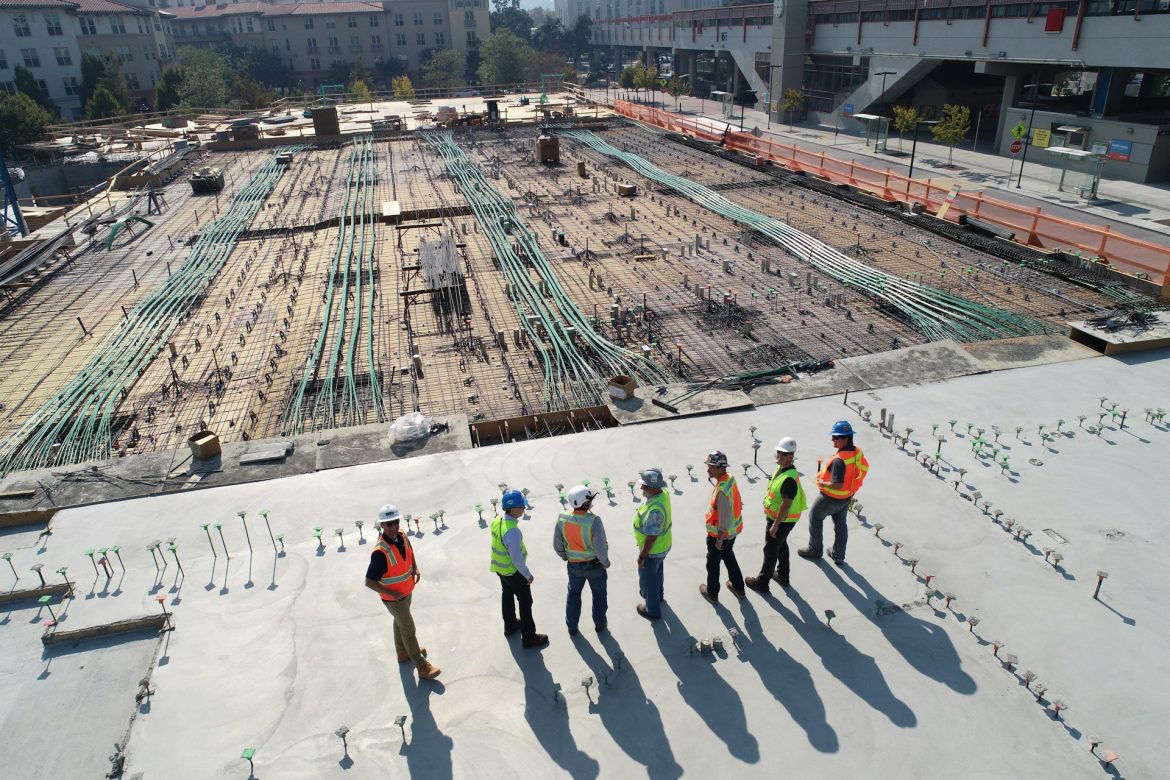The construction industry is undergoing a major transformation, thanks to the advent of technology, particularly automation and robotics. This shift is not just changing the way buildings are constructed but is also significantly impacting productivity, safety, and efficiency on construction sites. In this blog, we’ll explore how these technological advancements are revolutionizing the construction sector.
Embracing Automation in Construction
Automation in construction refers to the use of technology to perform tasks that were traditionally done by humans. This can range from software for project management to machines that lay bricks or pour concrete. One of the biggest advantages of automation is the significant increase in productivity. Tasks that once took days can now be completed in hours, allowing projects to be completed faster and more efficiently.
Moreover, automation reduces the likelihood of human error, which can lead to costly mistakes. With precise machines and software, buildings are constructed with higher accuracy, leading to better-quality structures. Additionally, automation can take over repetitive or labor-intensive tasks, freeing up human workers for more skilled jobs that require critical thinking and creativity.
The Rise of Robotics in Construction
Robotics is another groundbreaking technology making its mark in the construction industry. Robots are being used for a variety of tasks, from welding and painting to laying bricks and installing drywall. One of the standout benefits of using robots is the improvement in safety. Construction is known for being a high-risk industry, but robots can perform dangerous tasks, reducing the risk of injury to human workers.
For instance, Boston Dynamics has developed robots that can navigate construction sites and carry out tasks in hazardous environments, keeping human workers out of harm’s way. Another example is Built Robotics, which specializes in autonomous construction equipment, allowing machines to operate safely and efficiently without direct human intervention.
Real-World Applications and Benefits
The real-world applications of automation and robotics in construction are vast and varied. For example, drones are being used for site surveying and inspection, providing accurate data and imagery without the need for manual labor. This not only speeds up the process but also ensures that the data is precise and reliable.
Another application is 3D printing, which is being used to create building components and even entire structures with unprecedented speed and flexibility. Companies like ICON are pioneering this technology, offering solutions for rapid, cost-effective construction, especially in areas affected by housing crises or natural disasters.
The Future of Construction
The integration of automation and robotics in construction is just the beginning. As these technologies continue to evolve, we can expect to see even more innovative applications that will further enhance productivity, safety, and efficiency in the industry. The future of construction is one where technology and human ingenuity work hand in hand to create safer, more sustainable, and more efficient building practices.
In conclusion, the impact of technology, particularly automation and robotics, on the construction industry is profound. By embracing these advancements, the construction sector can look forward to a future where projects are completed faster, safer, and with higher quality than ever before. The transformation is already underway, and it’s exciting to think about what the future holds for construction technology.

